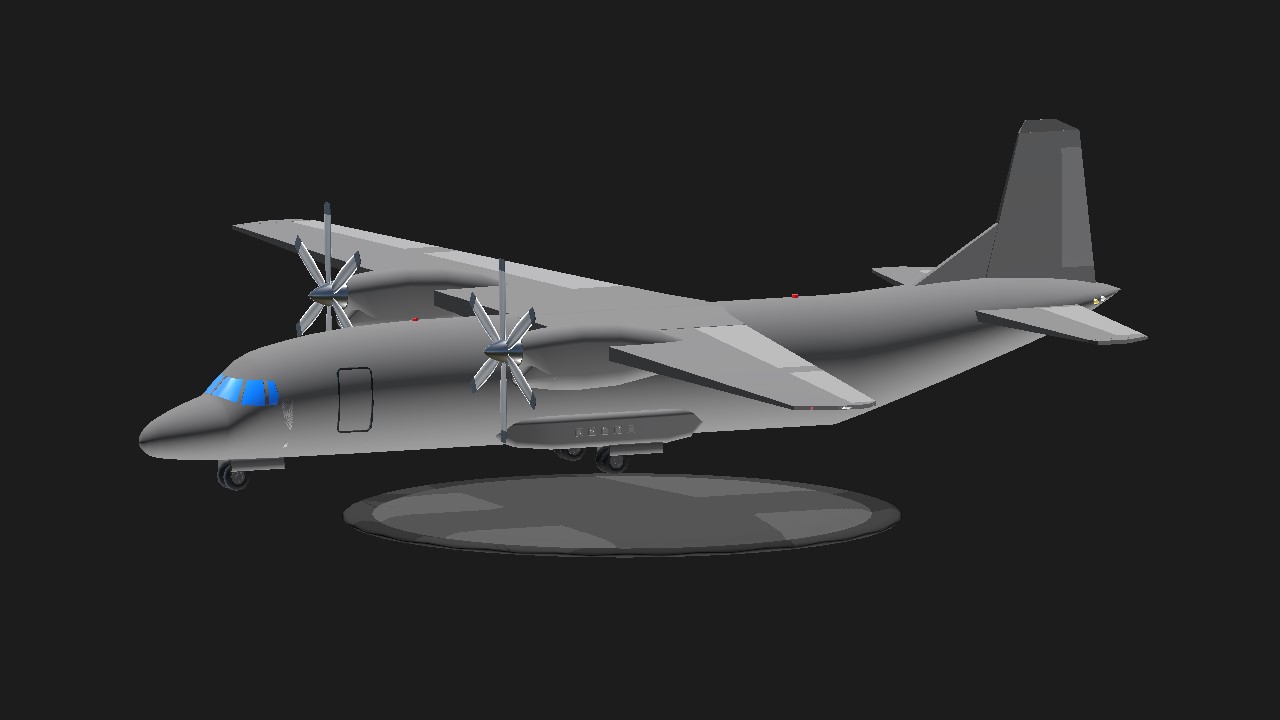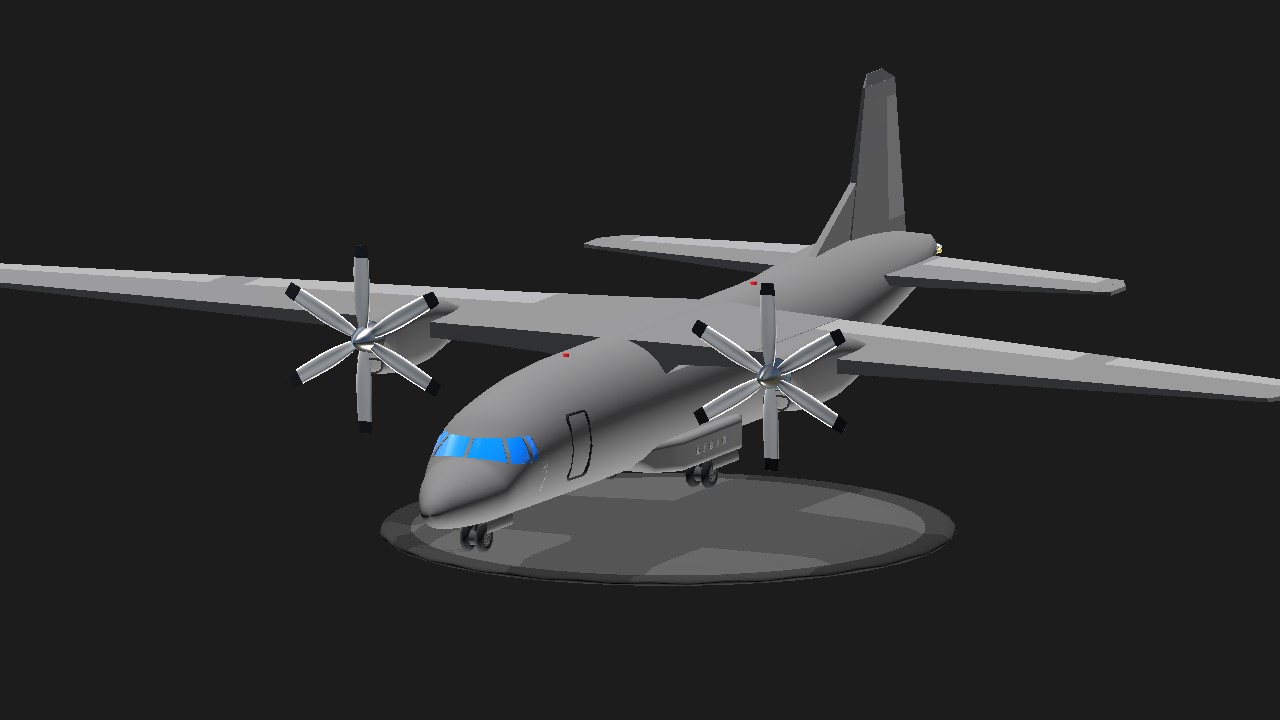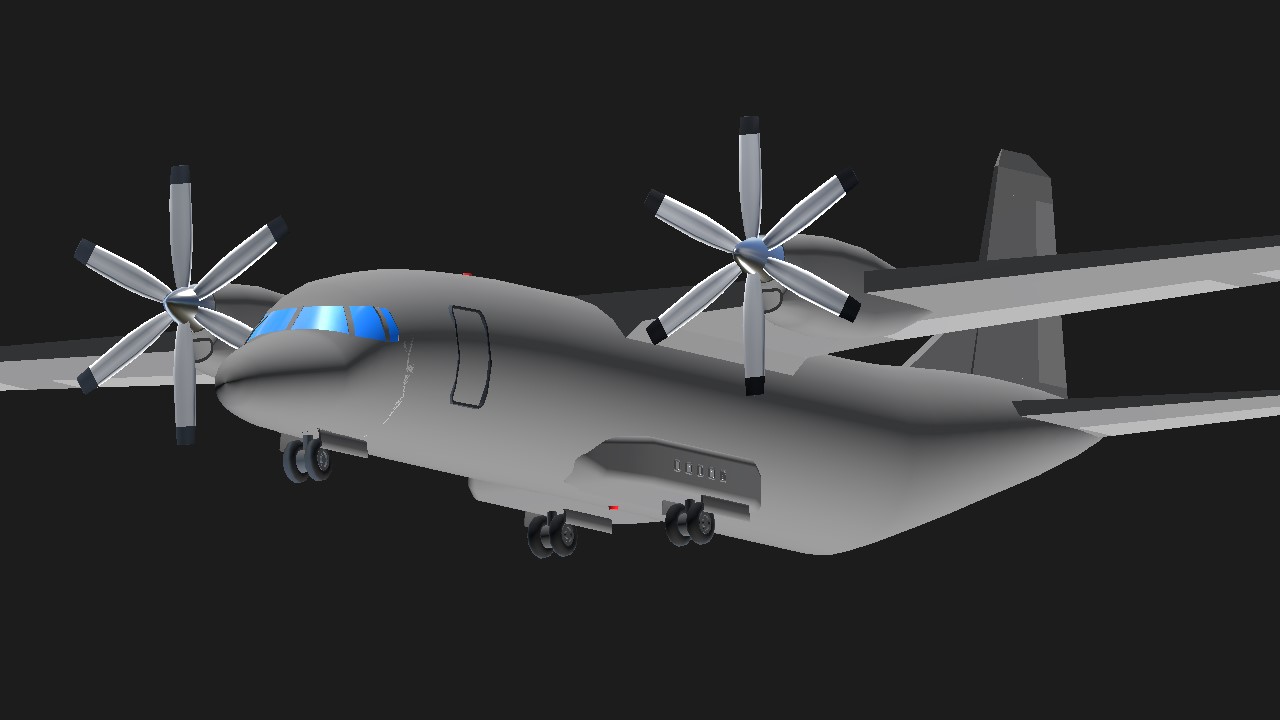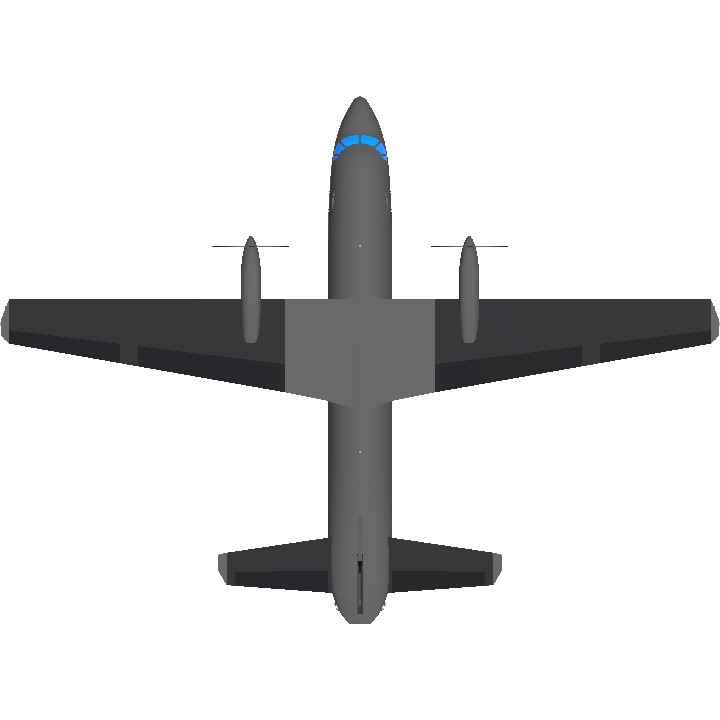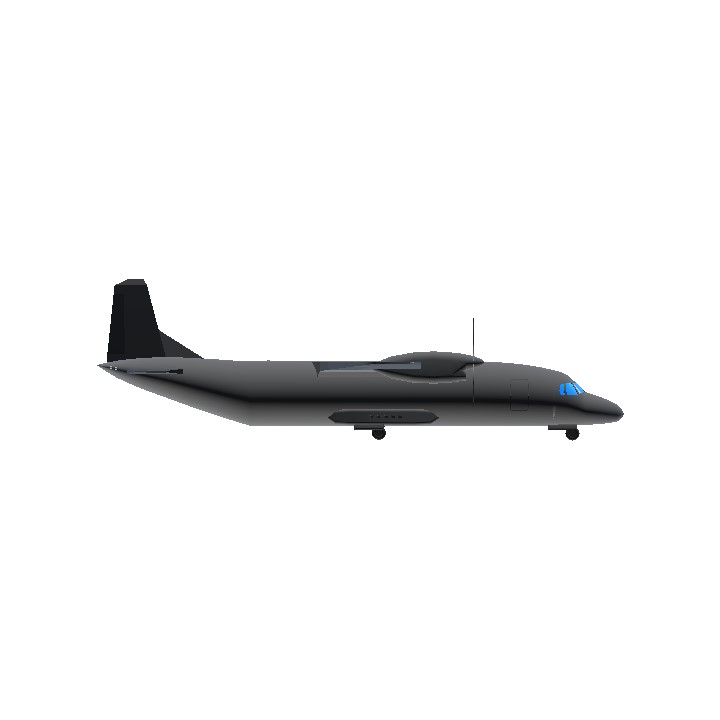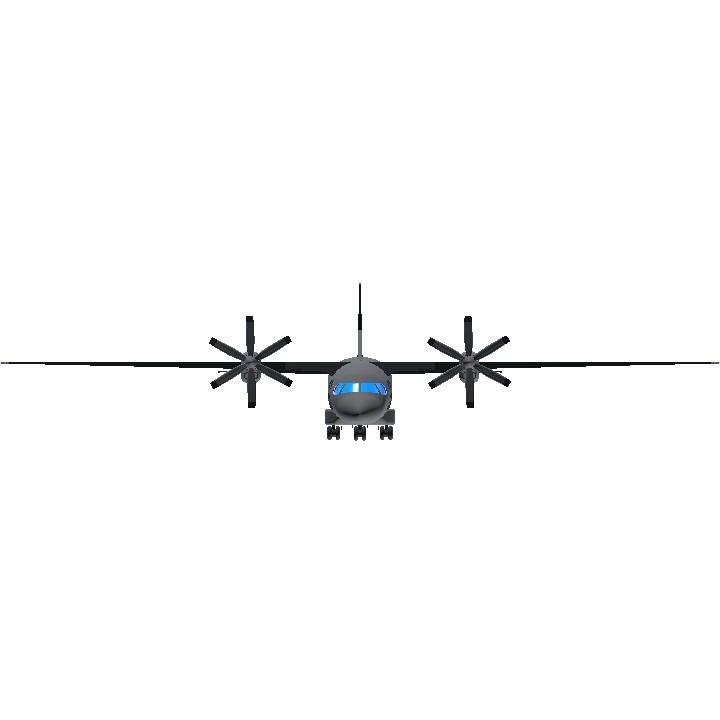HISTORY
The Volotok VCC-10 Potolev was developed in the late 1970s as a response to the growing need for a versatile, light cargo aircraft capable of operating in diverse environments. By 1980, Volotok Design Bureau had completed the design, aiming to create an aircraft that could meet the logistical demands of both civilian and military operators, particularly in regions with limited infrastructure.
The VCC-10 Potolev was designed with reliability and simplicity in mind, making it an ideal choice for countries and organizations that needed a rugged and efficient cargo transporter. The aircraft was particularly popular in remote and developing regions, where its ability to take off and land on short, unpaved runways was a significant advantage. Over the years, the VCC-10 has earned a reputation for being a workhorse in its class, offering dependable service in a variety of challenging conditions.
Description
The Volotok VCC-10 Potolev is a twin-engine, turboprop light cargo aircraft designed to transport goods and equipment over medium distances. It is powered by two Volotok TP-700 turboprop engines, known for their durability, fuel efficiency, and ability to perform well in a range of environmental conditions. These engines allow the VCC-10 to carry substantial payloads while maintaining excellent fuel economy, making it a cost-effective solution for cargo operations.
The aircraft features a high-wing design, which enhances stability during flight and provides easier access to the cargo hold. The high wing also allows for greater clearance when operating from rough or unprepared airstrips, making the VCC-10 particularly suitable for use in remote areas. The robust landing gear further supports this capability, enabling the aircraft to land on and take off from challenging terrains.
The cargo hold of the VCC-10 Potolev is spacious for an aircraft of its size, with a rear loading ramp that simplifies the loading and unloading of goods. The cargo bay is designed to accommodate a wide variety of cargo types, from standard shipping containers to oversized equipment. The aircraft can also be configured for specialized roles, such as medical evacuation or passenger transport, further demonstrating its versatility.
Inside the cockpit, the VCC-10 Potolev is equipped with a straightforward analog avionics suite, designed to be user-friendly and reliable. The aircraft is typically crewed by two pilots, who benefit from the intuitive layout and clear instrumentation. This simplicity reduces the training burden and makes the VCC-10 easier to maintain, even in regions with limited technical support.
Since its introduction in 1980, the VCC-10 Potolev has been adopted by various operators worldwide, including small airlines, cargo companies, and military forces. Its reliability, versatility, and ability to operate in demanding environments have made it a valuable asset in the global cargo industry. The VCC-10 continues to serve as a dependable solution for light cargo transport, particularly in regions where its rugged design and operational flexibility are most needed.
In summary, the Volotok VCC-10 Potolev is a twin-engine, turboprop light cargo aircraft introduced in 1980. Designed for reliability and versatility, it has become a trusted workhorse in the cargo industry, capable of performing in a wide range of environments and roles. Its simple design, robust construction, and efficient operation make it an enduring choice for operators around the world.
Loadout
5x Flare dispensers
Specifications
Spotlights
- ChihiroFujisaki 8 months ago
General Characteristics
- Created On Android
- Wingspan 145.6ft (44.4m)
- Length 106.7ft (32.5m)
- Height 32.6ft (10.0m)
- Empty Weight 43,795lbs (19,865kg)
- Loaded Weight 160,673lbs (72,880kg)
Performance
- Horse Power/Weight Ratio 0.049
- Wing Loading 76.4lbs/ft2 (373.2kg/m2)
- Wing Area 2,102.0ft2 (195.3m2)
- Drag Points 25492
Parts
- Number of Parts 141
- Control Surfaces 7
- Performance Cost 690

